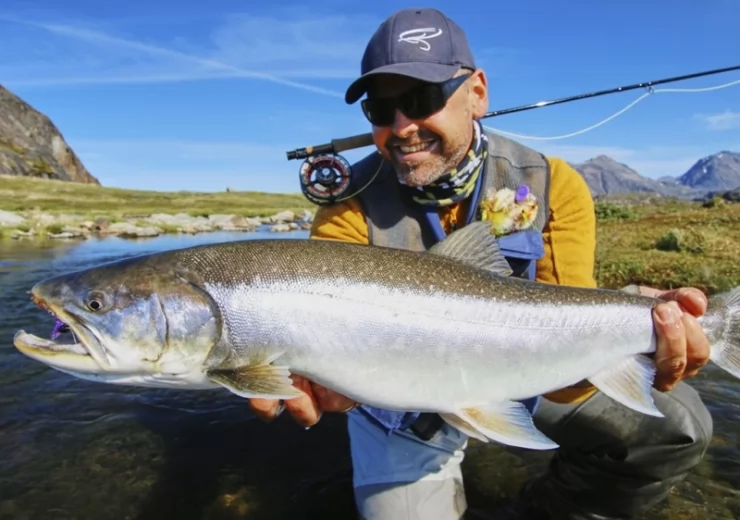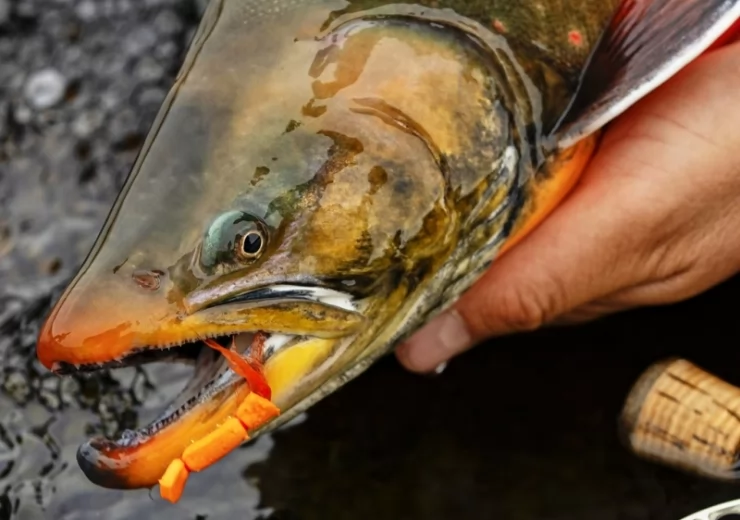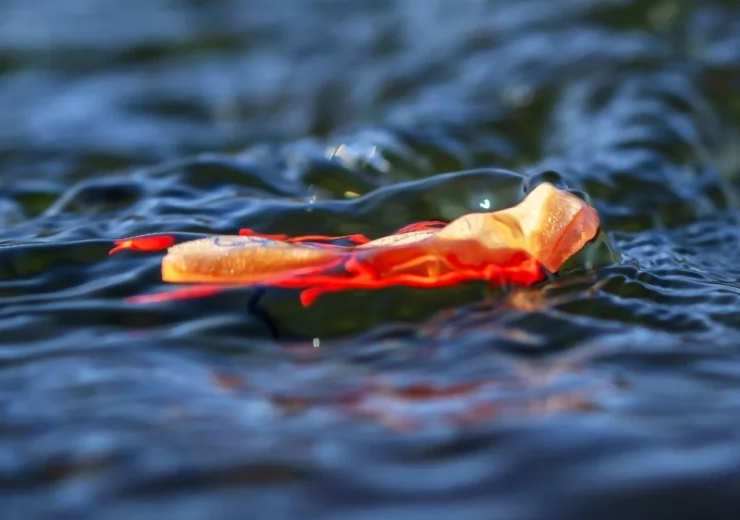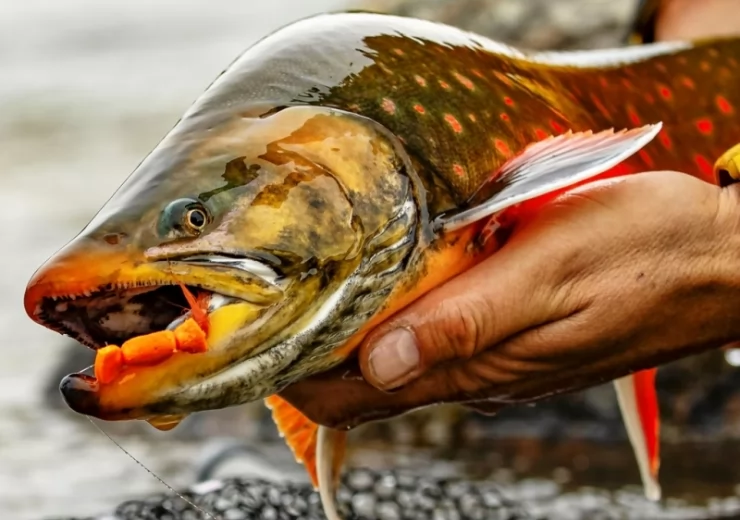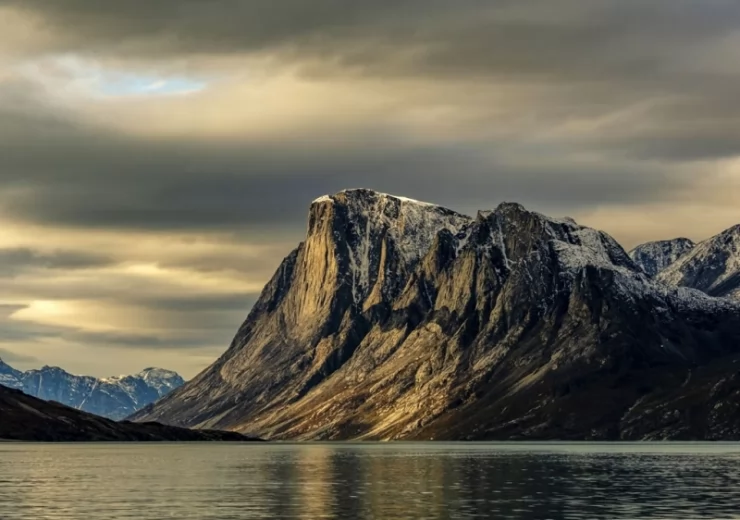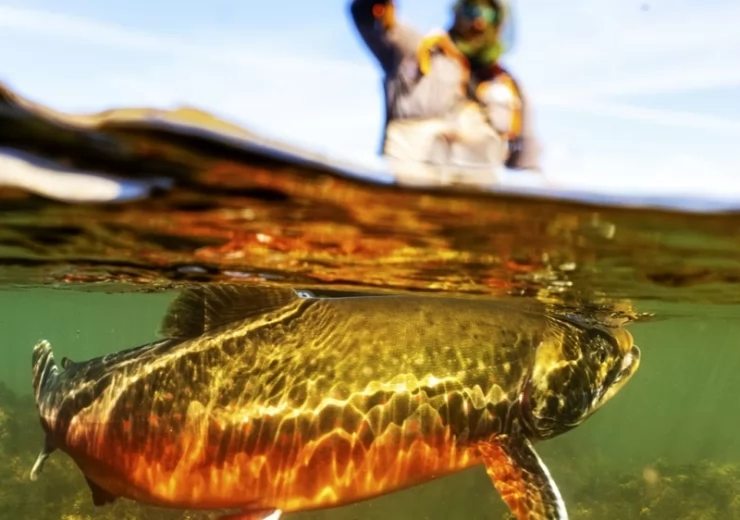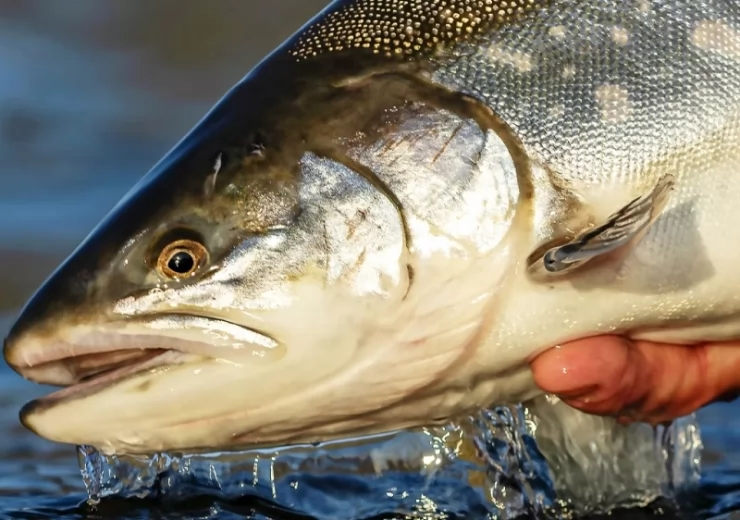INTRODUCTION
Introduction
The Arctic char or Arctic charr (Salvelinus alpinus) is a cold-water fish in the family Salmonidae, native to alpine lakes and arctic and subarctic coastal waters.
The spectacular spawning colors of the male make the Arctic char one of the most photogenic game fish, but you must head to the far north or the high country of Europe to find them.
The northernmost freshwater fish in the world, the Arctic char (Salvelinus alpinus) is found across the arctic, which may explain why not much is known about its life history and habits. Most fish are lake-dwelling, but there are also sea-run populations that offer spectacular fishing when they return to their native rivers in places such as Canada’s Ungava Peninsula. There are few trophy pictures as colorful as those of a double-digit male Arctic char in full spawning regalia.
The Arctic char is closely related to the Dolly Varden, and their ranges overlap more than most people think, which means you may find both in the same region. However, distinguishing between the two species by sight is very difficult. In general, Arctic char have a shorter head, a more deeply forked tail, and larger spots. In males, the Arctic char will develop a less pronounced kype than a Dolly. To verify identification, it is necessary to count gill rakers, fin rays and pyloric caeca (parts of the intestines). Ultimately, however, anglers have no way of being certain which species they’ve landed.
The range of the Dolly Varden extends from Puget Sound north, around the coast of Alaska, to the McKenzie River in the Canadian arctic. In the eastern Pacific, the species inhabits waters from Japan north to the Bering Sea. Attempts have been made to introduce Dolly Varden in California, Colorado, New Mexico, and Wyoming, but none of these attempts succeeded in establishing a sustaining population.


